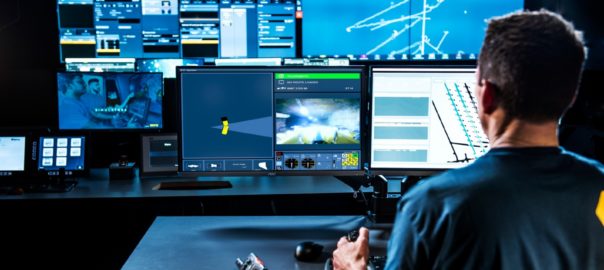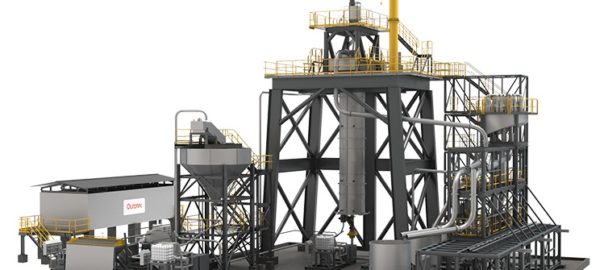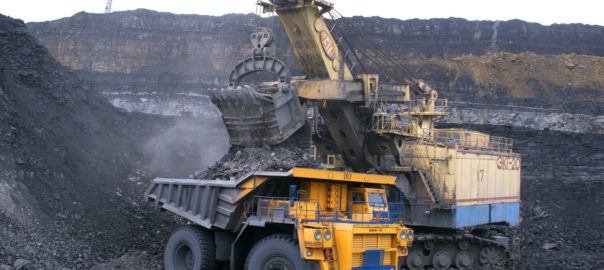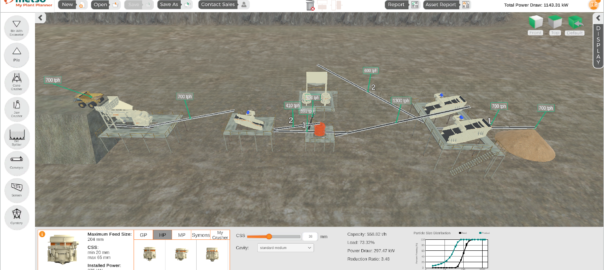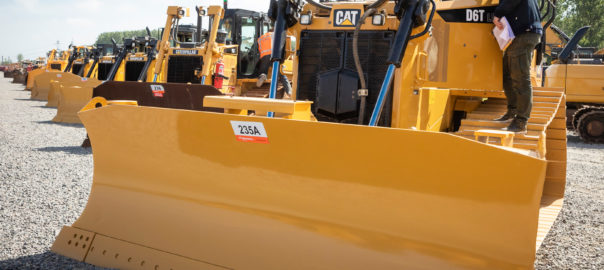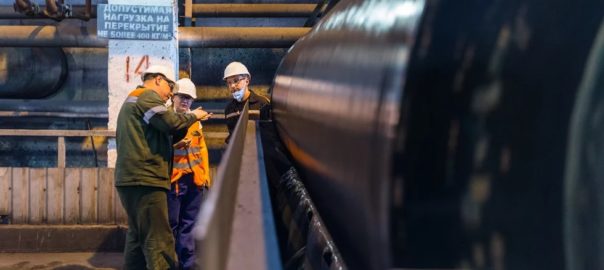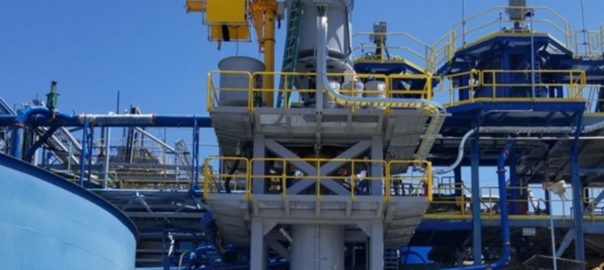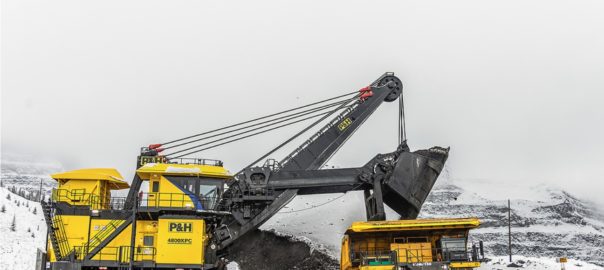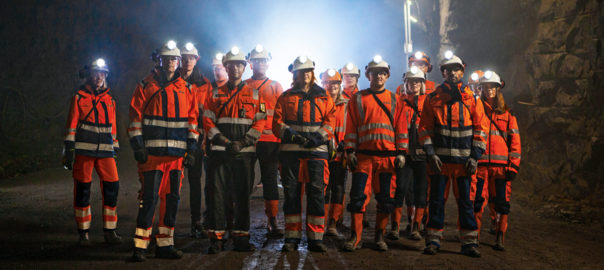There were some bright spots in Epiroc’s latest COVID-19 affected quarterly results that bode well for those companies serving the mining industry.
The headline figures were a 23% year-on-year drop in orders received to SEK8.105 billion ($913 million), a 20% fall in revenue to SEK8.458 billion, and a 37% cut in operating profit to SEK1.418 billion.
As President and CEO, Helena Hedblom, explained in the quarterly results: “The COVID-19 pandemic impacted us significantly in the quarter, yet we managed to quickly adapt our way of working, lower our costs, show resilience in our profitability, and deliver a strong cash flow.”
This cash flow – SEK1,963 million – was actually 30% higher than a year ago, which has no doubt been helped by its rationalisation and cost cutting.
Epiroc is a slimmer organisation than it was a year ago. As of June 30, 2020, 13,967 employees and 1,145 consultants/external workforce employees were on its books. This is 702 people lighter than it was at the same time in 2019.
This followed an announcement in April that it was to consolidate the manufacturing of exploration drilling tools in Canada, gradually moving its base from North Bay to Montreal and Sweden over the course of 2020, with 65 employees affected.
Outside of Europe and North America, there were some positives for the company and the wider mining industry to consider.
For the company’s service business, which makes up the majority of its revenues, the orders received decreased 3% organically (year-on-year) to SEK3.719 million. This is a mild contraction compared with the 29% year-on-year organic drop it experienced for equipment orders.
This shows that while companies are not, on the whole, buying new equipment, they are still spending the money to keep their fleets going.
Compared with the previous year, service orders in local currency decreased in all regions, except Asia/Australia, another brightspot.
Helena Hedblom expanded on this trend when speaking to IM: “In general, the activity levels in mining in Australia have kept up very strong in the quarter. That is the only region where there has not been a big drop in the activity level; if we look at the other regions in the world, there are only a few countries with the same development, maybe Chile and Brazil as I said on the call (with analysts and investors).
“Mining in Australia has held up better than the rest of the world.”
With its main workshop and distribution centre for parts in Perth, Western Australia, servicing major gold and iron ore mines in the state, and various other facilities across the country, the company’s deliveries have also not been affected by the border issues related to COVID-19, Hedblom said.
Australia was arguably quickest out of all mining regions to adapt to COVID-19-related operational changes and its government has prioritised keeping the sector open throughout the entire pandemic.
With commodity prices such as gold and copper relatively strong and more governments in various countries now realising mining’s positive contribution, one would expect other places to follow suit in the upcoming months and quarters.
Epiroc’s quarterly results also provided some evidence of COVID-19 potentially speeding up the digitalisation and automation trend.
“In the quarter, we received multiple orders for automation solutions for both underground and surface applications, including a large order in Chile of equipment with 6th Sense solutions for automation, connectivity and information management,” Hedblom said in the results statement.
The Chile order referenced was for Codelco’s Chuquicamata underground mine, which included multiple units of Scooptram ST1030 and ST18 loaders, the Boomer S2 face drilling rig, the Boltec M bolting machine, and the Minetruck MT65.
On top of being equipped with 6th Sense, these machines come with Epiroc’s Rig Control System, RCS, which makes the equipment ready for automation and remote control, and Epiroc’s Certiq system, which allows for intelligent monitoring of machine performance and productivity in real time.
Speaking to IM, Hedblom said: “I think the pandemic has clearly increased the interest [in automation and digitalisation]. The mining companies, of course, are trying to minimise the number of people on site, and here digitisation, tele-remote, as well as automation, can offer support for that work. We are seeing more and more interest in that.”
She added: “We have been able to continue to deploy our automation projects because we have invested in automation centres regionally out in the different markets, on most continents. That has supported us to continue with this journey even though we can’t travel from Sweden to other countries at the moment.”
Summing up the results and the company’s broader offering during these pandemic-hit times, Hedblom concluded: “We have been focusing on lowering our cost in light of the pandemic and, as we have talked about, investing more in innovation than we have ever done. That is our commitment to the industry; to continue to come up with new products with better solutions from a productivity, safety and sustainability standpoint.”







